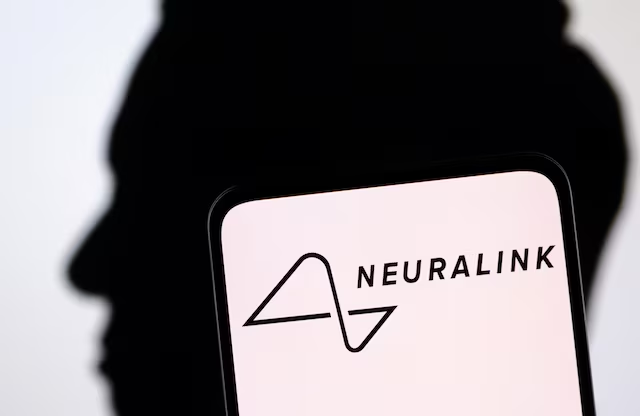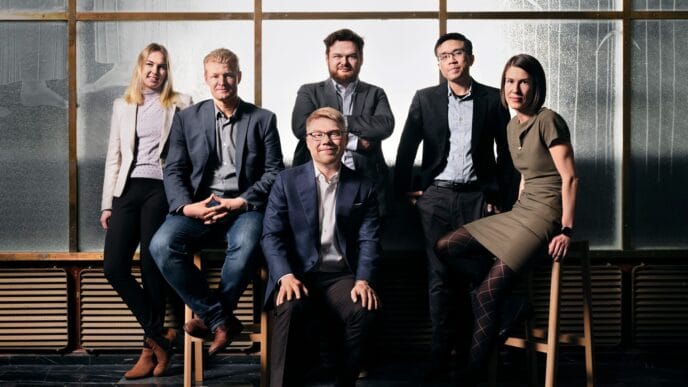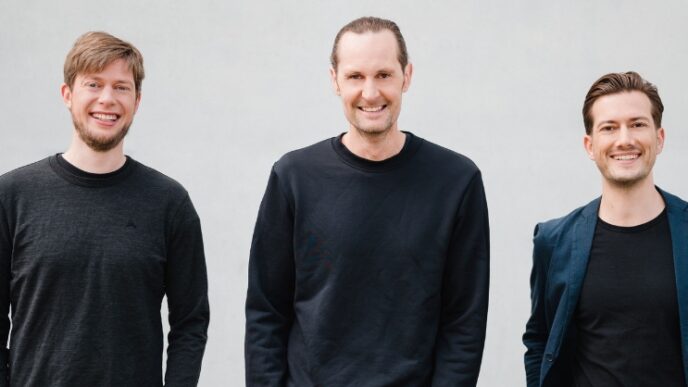Elon Musk’s brain-computer interface startup, Neuralink, has just secured a massive $600 million in new funding—catapulting its valuation to an astonishing $9 billion. That’s a 150% leap in just 18 months, despite the broader tech sector’s turbulence. The move sends a bold signal: investors are betting big on Neuralink’s vision of a future where thoughts directly control digital devices.
Leading the round were major names like Founders Fund, GV (formerly Google Ventures), and several global sovereign wealth funds. This high-profile backing follows Neuralink’s first successful human implant trials—where patients used only their thoughts to surf the web and play games—nudging Musk’s brain-tech dream a step closer to reality.
High Valuation, No Revenue—Just Pure Vision
What makes this $9 billion valuation so striking is that Neuralink hasn’t commercialized anything yet. No products, no revenue, and plenty of regulatory hurdles ahead. But the belief in its first-mover advantage, top-tier team of neuroscientists, and Musk’s proven track record has clearly convinced backers that the risk is worth it.
With only around 300 employees, Neuralink is running lean—especially for a company redefining the medtech and AI space. But its tight-knit team structure is helping it move fast, recruit top talent, and maintain agility in a complex and fast-evolving market.
Inside Neuralink’s Breakthroughs: From Thought-Controlled Games to Vision Restoration
Founded in 2016, Neuralink aims to create seamless brain-computer interfaces that allow humans to interact with technology using nothing but neural signals. In 2024, the company hit a major milestone when its first human patient, Noland Arbaugh, was able to navigate a computer, post on social media, and play video games—all using only his thoughts. Previously, he relied on a mouth stick for interaction.
Since then, Neuralink has implanted its chip in three people, with similar results. These real-world successes have fueled both investor interest and public intrigue.
But the company isn’t stopping at mobility. One of its most ambitious projects—called “Blindsight”—aims to restore sight in blind individuals by stimulating the brain’s visual cortex directly. Fast-tracked by the FDA under the “breakthrough device” program, this could push Neuralink beyond mobility into sensory restoration.
Fierce Competition from Global BCI Innovators
Despite Neuralink’s head start and media spotlight, the brain-computer interface race is heating up fast. Competitors like Synchron, Precision Neuroscience, and Starfish Neuroscience are gaining momentum with less invasive methods and strong institutional support.
- Synchron, for instance, bypasses the need for brain surgery by inserting its device through blood vessels. It’s backed by tech luminaries like Jeff Bezos and Bill Gates and is working with Apple on consumer device integration.
- Precision Neuroscience just raised $102 million and focuses on AI-powered implants that help users control digital devices hands-free.
- Starfish Neuroscience is building a battery-free BCI chip that connects wirelessly to multiple brain regions. It aims to help treat conditions like Parkinson’s, and its first product is expected by the end of 2025.
Each of these startups brings a different philosophy—prioritizing safety, non-invasiveness, and long-term medical compatibility.
Risks That Could Slow Neuralink’s Ascent
Still, the road ahead isn’t without challenges. Neuralink’s surgical approach involves implanting ultra-thin threads into the brain, a process that carries medical risks like tissue damage or infection. Concerns have also surfaced around the company’s animal testing practices, drawing criticism over transparency and ethics.
Then there’s the cybersecurity angle. As brain devices sync with digital systems, the risk of unauthorized access becomes a serious concern. Experts are already warning of future threats like “brain hacking,” emphasizing the need for secure data protocols from the start.
The Future of BCI: Big Ideas Need Big Responsibility
The brain-tech revolution is officially underway, with Neuralink leading the charge. But this isn’t just a story about one company’s race to commercialize science fiction. It’s a broader reflection of a shifting technological frontier—one that merges AI, neuroscience, and human-machine integration.
While Neuralink pushes boundaries with speed and spectacle, its rivals are carving a path rooted in caution and clinical responsibility. European and UK-based startups are particularly focused on developing systems that blend seamlessly into healthcare environments while meeting strict regulatory standards.
The BCI market, projected to reach $12.4 billion by 2030, isn’t just about restoring function—it’s poised to power the next era of gaming, communication, and sensory experience. Systems that adapt to your mood, enhance memory, or even restore senses may no longer be fiction but our near future.
For Neuralink to maintain its edge, bold innovation must walk hand-in-hand with public trust. That means owning up to safety concerns, championing transparency, and building ethical safeguards into every layer of the technology.
In the end, the real winners in brain-computer interfaces will be those who not only rewire our reality—but do so responsibly.













